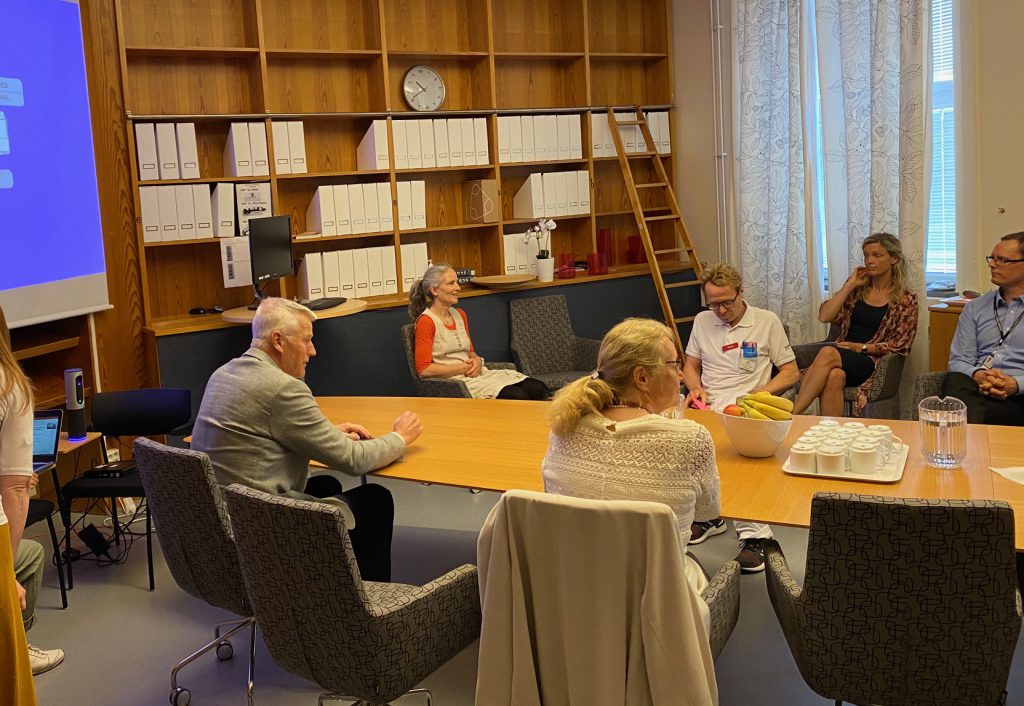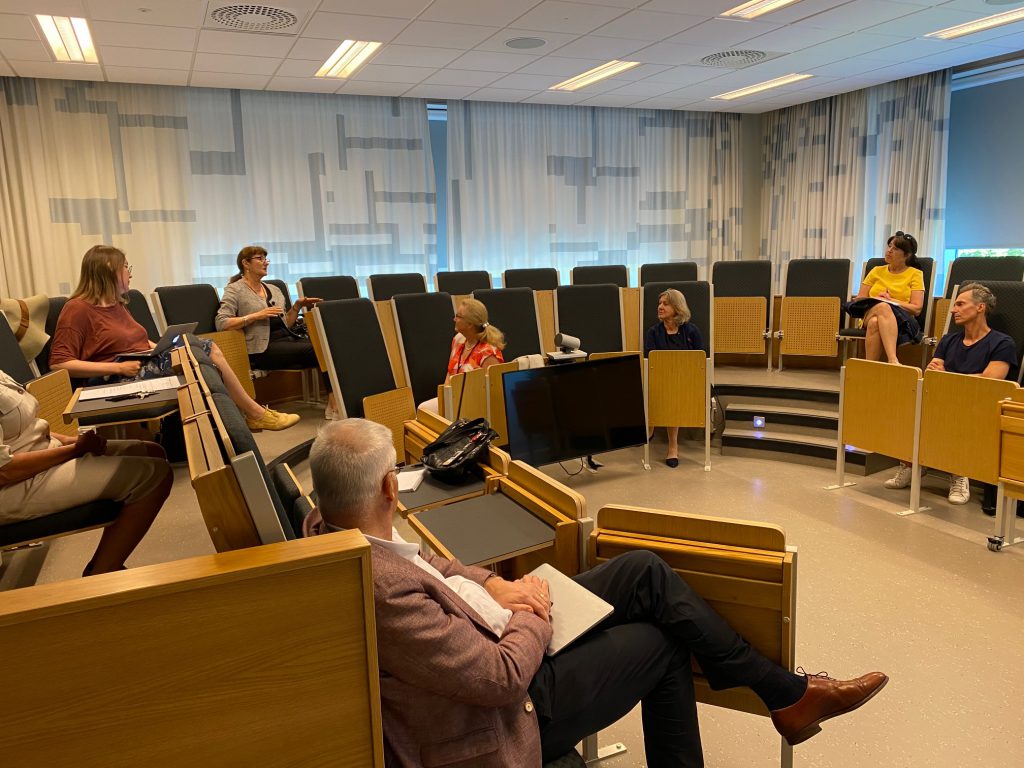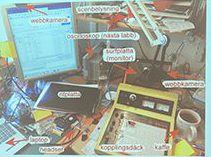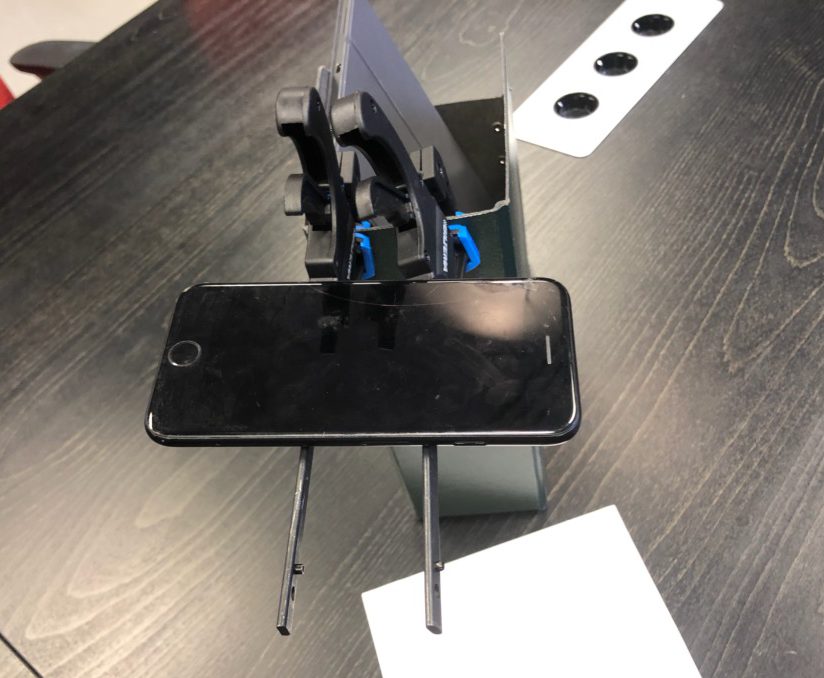This week, the members of the university management have visited teachers at three different campuses to hear about their experiences of teaching during the pandemic. On Wednesday we were at Uppsala University Hospital, where we were given a demonstration of medical students learning how to examine inflamed joints in practice – via Zoom. Yesterday we met teachers at Blåsenhus and today we were at the Ångström Laboratory. All in all, it was tremendously inspiring to listen to these creative and clever people who have put students first during this time.

There have been great challenges, for example the performance of practical work, assessments and overtime. However, the enforced switch to online teaching has also generated new insights and new ways of working that teachers are keen to keep. Our overall impression is that the period following the rapid transition in March has gone better than expected and that the teaching staff have tackled the new situation admirably. Many have tested ‘flipped classrooms’ and seen that online seminars also have significant advantages. For example, it is easier to plan so as to activate everyone. Students who otherwise stay in the background have come more to the fore.

In a short time, the University has experienced a boom in online teaching and learning and has built up a substantial library of recorded lectures. In the Medicine Programme, a creative approach has produced new virtual patient cases, while at the Ångström Laboratory we saw fantastic demonstrations of virtual laboratory sessions in materials science and physics. There is good reason to persist with this educational development in the autumn, and in particular to increase experience exchanges between teachers. Keep and develop the things that experience has shown work well online and use the time on campus for what is most important. However, many people – students and teachers alike – express a longing to meet in the classroom, so the easing of restrictions in the autumn is welcome.

What we saw and heard also confirmed that the approach we adopted in our framework decisions – to entrust departments and course coordinators with great responsibility – was right. It is they who possess the skills and knowledge to solve the practical challenges that arise. There is also strong support for our decision to prioritise first-year students for physical presence on campus in the autumn.

Another lesson from our meetings is that the availability of premises is a challenge. More spacing means larger rooms are needed and most are already booked up. As one way of contributing, we intend to take a decision next week to make the lecture halls in the University Main Building available rent-free for teaching and assessments in the autumn.
